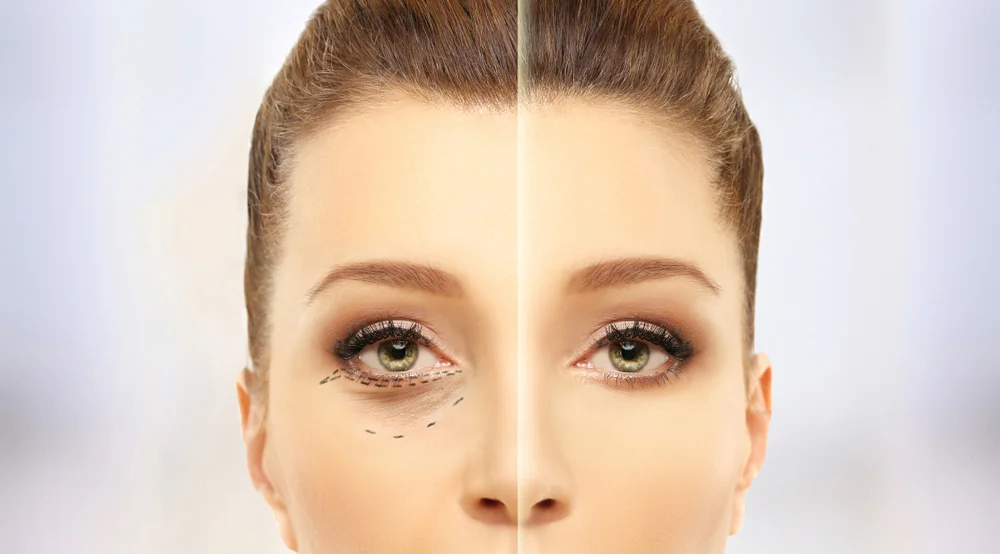What You Need to Know about Droopy Eyelids
The medical condition for describing a droopy eyelid is ptosis, and a blepharoplasty is how we can improve the look. The top of the eyelid starts dropping in the event of possible visual interference. The disease can make patients aware of their appearance and also impede their capacity to see obviously. It can even lead to worries about safety, especially during certain times like driving.
Droopy Eyelid Diagnosis
Your physician will probably take a physical examination and ask you about your history to the eyelid surgery in OKC. Once you have told your eyelids how often it drops and how long it lasts, your doctor will conduct tests to identify the cause of it.
A split lamp examination is possible to allow your doctor to examine the eye closely using high-intensity light. Your eyes can be dilated for this examination, so that you may have a little eye pain.
The Tensilon test is another examination that can be used to diagnose droopy eyelid problems.
Droopy Eyelid Symptoms
One or both saggy upper eyelids are the principal symptoms of droopy. Sometimes, your vision may be affected. However, many individuals discover that the sagging of the eyelid is not visible or always occurs.
You may also have highly dry or watery eyes, and notice how tired or tired your face looks.
The primary regions that are impacted are around your eyes, and it can be a problem that can also make you look tired.
Some with serious ptosis may need to tilt their heads around so they can see when they speak at all moments, even when they talk normally.
To make sure that no circumstances are there, a physician should examine persistent droopy eyelids before proceeding for eyelid surgery in OKC. This is particularly crucial if you realize that migraine headaches or other problems have been observed since the first time.
Droopy Eyelid Causes
Congenital Ptosis - Congenital ptosis is a birth-related disorder, as the name indicates. This is because the muscles are not fully developed and are accountable for the position of the eyelid.
Aponeurotic Ptosis - If the outcome of the era is a sloping eyelid, this is called aponeurotic ptosis. As we age every hair, including the skin around the eyes, starts to lose its elasticity. With moment and gravity, eyelids can start falling further and further. This drop may be bilateral, or on the one hand, it may be worse.
Nerve Injury - Movement of the muscle is regulated through the nerves that convey brain signals. Injury can lead to weakness or paralysis of the muscles they regulate when it impacts these nerves. The eyelid nerves may be affected by stroke, disease, brain tumors, and brain aneurysm.
Myasthenia Gravis - A rare medical Myasthenia gravis is a condition which affects the way muscles receive data and react to nerve data. With time, the muscles affected could become weaker and decrease. Not only eyelids but also other facial muscles, extremities, and other body components may be affected by this disease.
Muscle Disease - One of the two types of muscle illness can also lead to ptosis. The first muscular dystrophy in the ocular pharyngeal results in progressive muscle weakness in the high eyelid and neck. This is a rare disease that usually starts between 40 and 60 years of age. In early grown-up, a disease called gradual internal ophthalmopathy is often seen in the second place. The muscle function of the eyelid and the eyelid can lead to paralysis and drop. It is distinguished by loss of muscles.
For eyelid surgery in OKC, contact Korber Eyecare and Surgery Center. Here we will help you get through the entire process and to make your eyes brighter than ever.
**Disclaimer: The above post should not substitute medical advice nor does it create a patient-doctor relationship.


